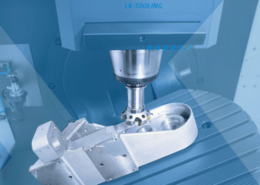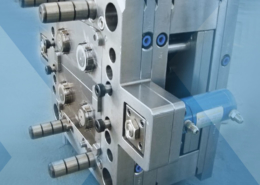
Exploring the World of Delrin Injection Molding
Author:gly Date: 2024-06-08
Delrin injection molding stands at the forefront of modern manufacturing, offering exceptional strength, durability, and versatility in the production of precision plastic components. In this comprehensive exploration, we delve into the intricacies of Delrin injection molding, from its inception to its contemporary applications and future potentials, aiming to captivate readers' interest and provide a thorough understanding of this fascinating technique.
Introducing Delrin Injection Molding
Delrin, also known as polyoxymethylene (POM), is a high-performance engineering thermoplastic known for its excellent mechanical properties, including high strength, stiffness, and dimensional stability. Delrin injection molding involves the process of injecting molten Delrin resin into a mold cavity under high pressure, where it solidifies to form precision-engineered plastic components.
The origins of Delrin date back to the mid-20th century, with commercial production beginning in the 1960s by DuPont. Since then, Delrin has gained widespread adoption in various industries, including automotive, aerospace, electronics, and consumer goods, due to its unique combination of properties and processing advantages.
Advantages of Delrin Injection Molding
Delrin injection molding offers a myriad of advantages over traditional materials and manufacturing processes, making it an attractive choice for a wide range of applications. Firstly, Delrin exhibits exceptional mechanical properties, including high tensile strength, fatigue resistance, and impact toughness, making it ideal for applications requiring structural integrity and durability.
Moreover, Delrin boasts excellent dimensional stability and low friction properties, making it suitable for applications involving tight tolerances and sliding mechanisms, such as gears, bearings, and bushings. Additionally, Delrin injection molding enables the production of complex geometries and intricate designs with high precision and repeatability, catering to diverse customer needs and design specifications.
Process and Techniques
The process of Delrin injection molding involves several steps, including material preparation, mold design, injection molding, cooling, and part ejection. Firstly, Delrin resin pellets are fed into a heated barrel of an injection molding machine, where they are melted and homogenized to form a viscous molten state.
Next, the molten Delrin is injected into a mold cavity under high pressure, where it fills the cavity and takes the shape of the mold. The mold is then cooled to solidify the Delrin, after which the molded part is ejected from the mold cavity and trimmed to remove any excess material or flash.
Applications Across Industries
Delrin injection molding finds extensive applications across various industries, ranging from automotive and aerospace to electronics and consumer goods. In the automotive sector, Delrin is used for manufacturing precision components such as gears, bushings, and fuel system components, due to its low friction properties, wear resistance, and dimensional stability.
Similarly, in the aerospace industry, Delrin injection molding is employed for producing structural components, interior fittings, and control system parts, contributing to lightweighting initiatives and performance enhancements. Moreover, in the electronics sector, Delrin is utilized for manufacturing connectors, switches, and housings for electronic devices, providing reliability and durability in demanding environments.
Challenges and Future Directions
Despite its numerous advantages, Delrin injection molding faces challenges such as mold design complexity, material degradation, and environmental sustainability. Addressing these challenges requires ongoing research and development efforts aimed at enhancing process efficiency, material properties, and recycling technologies.
Looking ahead, the future of Delrin injection molding lies in innovation and collaboration across industries, leveraging emerging technologies such as additive manufacturing, digital design, and sustainable materials. By embracing these advancements, manufacturers can unlock new opportunities for product innovation, process optimization, and environmental stewardship.
In Conclusion
Delrin injection molding stands as a testament to the ingenuity and versatility of modern manufacturing, offering unparalleled capabilities and benefits across industries. With continuous innovation and collaboration, Delrin injection molding will continue to drive efficiency, sustainability, and innovation in the ever-evolving landscape of plastic manufacturing.
GETTING A QUOTE WITH LK-MOULD IS FREE AND SIMPLE.
FIND MORE OF OUR SERVICES:

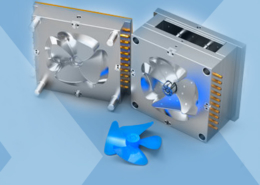
Plastic Molding
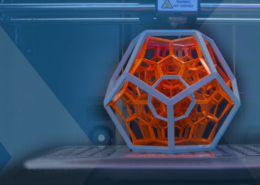
Rapid Prototyping
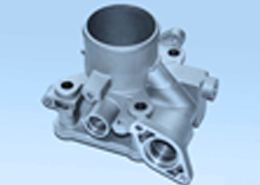
Pressure Die Casting
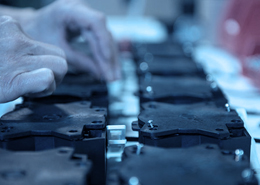
Parts Assembly
